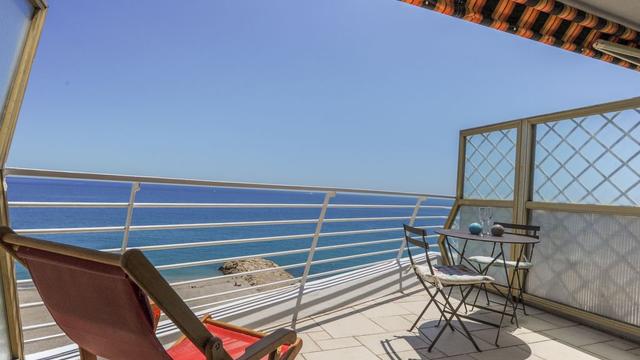Cagnes-sur-Mer: All destinations, advice & information for your holidays!
Cagnes-sur-Mer is located between Nice and Antibes in the French department of Alpes Maritimes. The town on the Mediterranean coast is composed of three districts: the seaside resort of Cros-de-Cagnes, Cagnes-Ville, and the medieval old town of Haut-de-Cagnes. Experience the French charm of the Côte d'Azur in Cagnes-sur-Mer.

Table of contents
Cagnes-sur-Mer - Must-see attractions
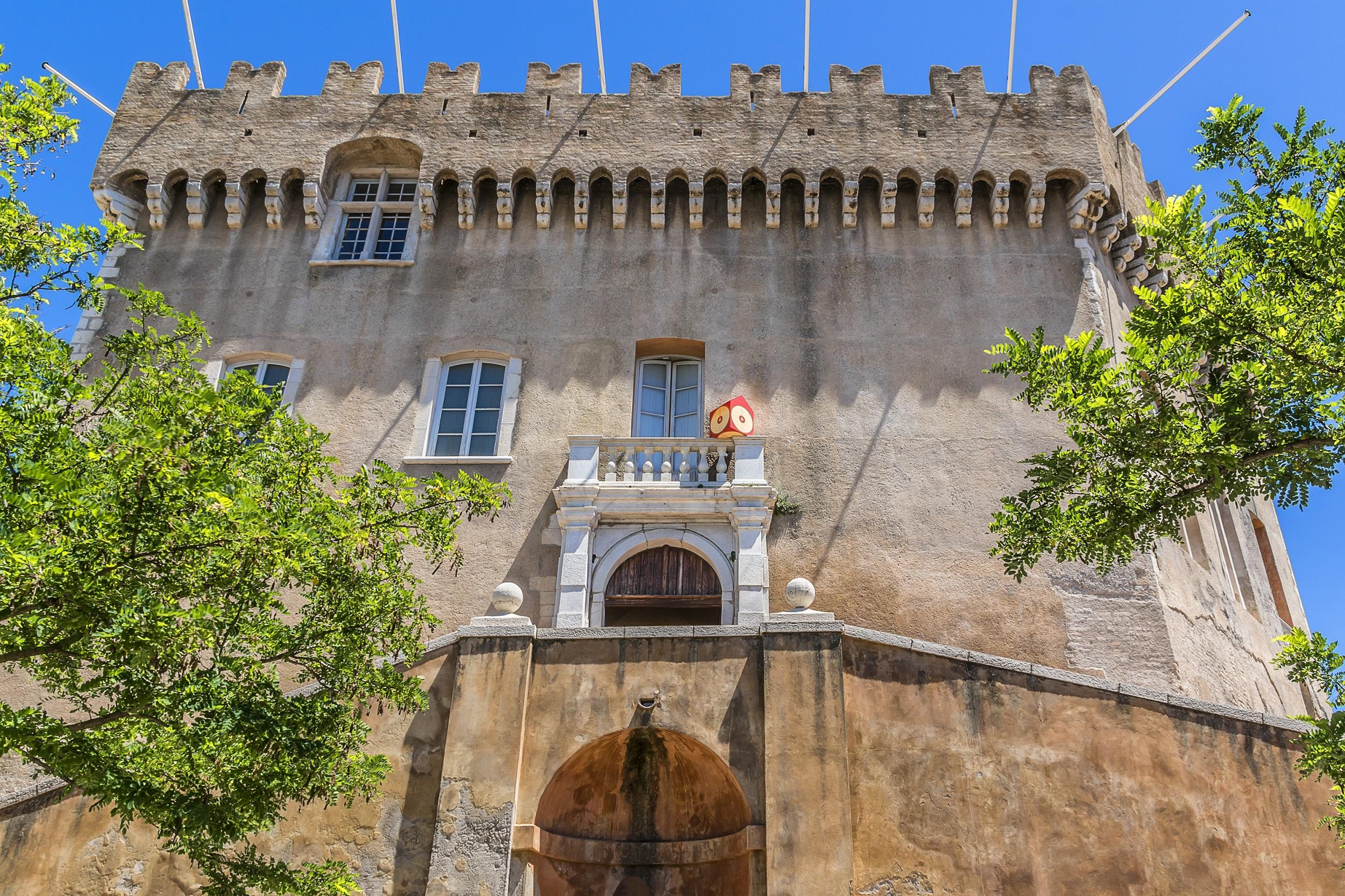
Grimaldi Castle
The castle, built in 1309 by the ancestor of the Princes of Monaco, proudly towers over the city and impresses with its medieval charm. Once the residence of provincial governors and later a hospital, it now houses art from around the world and an amazing collection. Admire the impressive stuccoes and ceiling paintings, an extensive collection centered around the Mediterranean emblem olive tree, and 40 portraits of the famous cabaret singer Suzy Solidor. The Château Musée Grimaldi offers unique artworks and a vibrant history to discover.
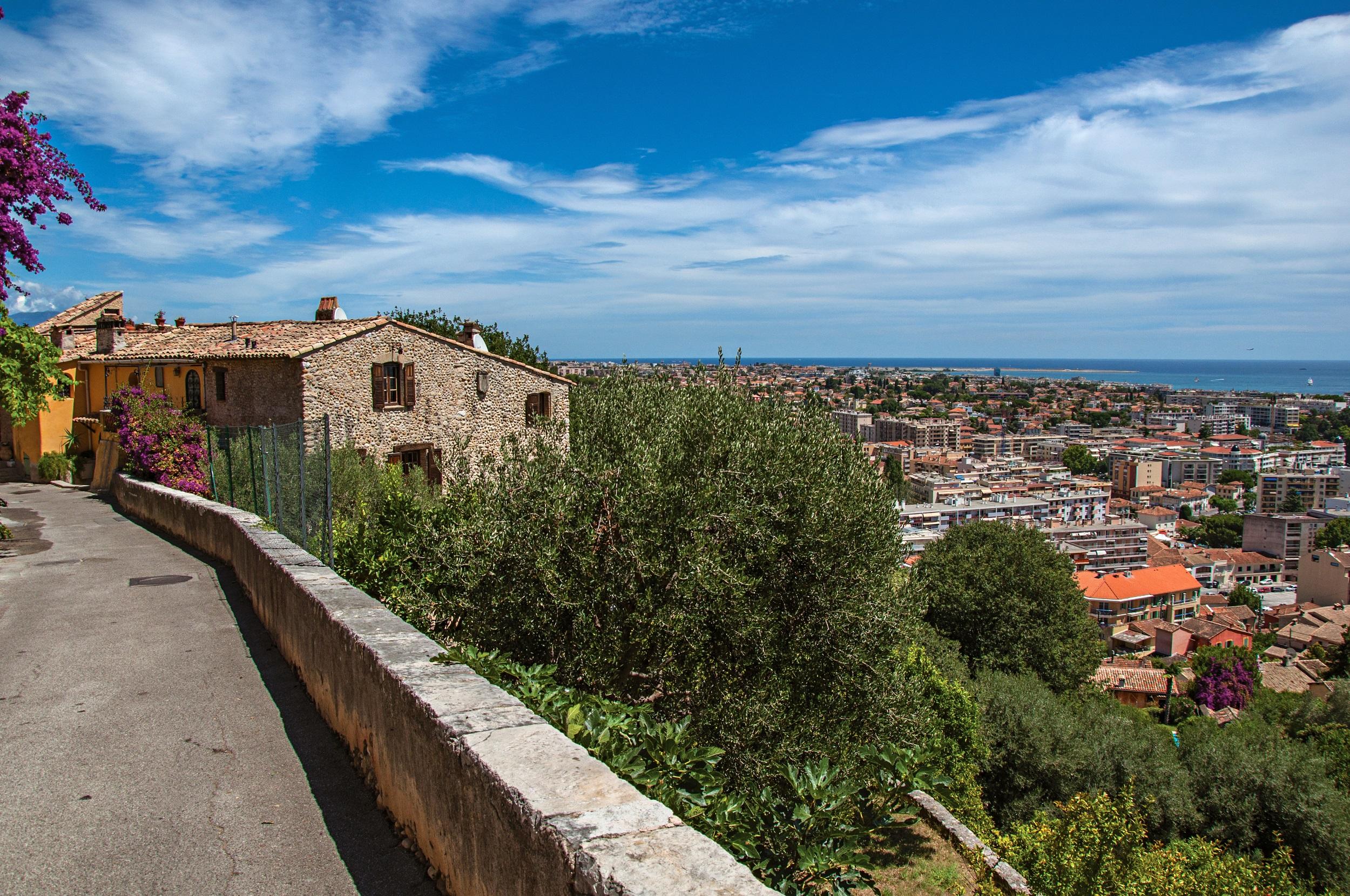
Upper Cagnes
The Haut-de-Cagnes district is dominated by the Grimaldi Castle. The medieval castle from the 13th century, converted into a palace, sits atop a hill high above the town and is now a museum. Here, you can learn more about olive cultivation, for example. Additionally, the historic building houses paintings from the collection of the pop singer Suzy Solidor. The artist spent 25 years of her life in Cagnes. A free bus runs between the Haut-des-Cagnes district and the bus station in the city center.
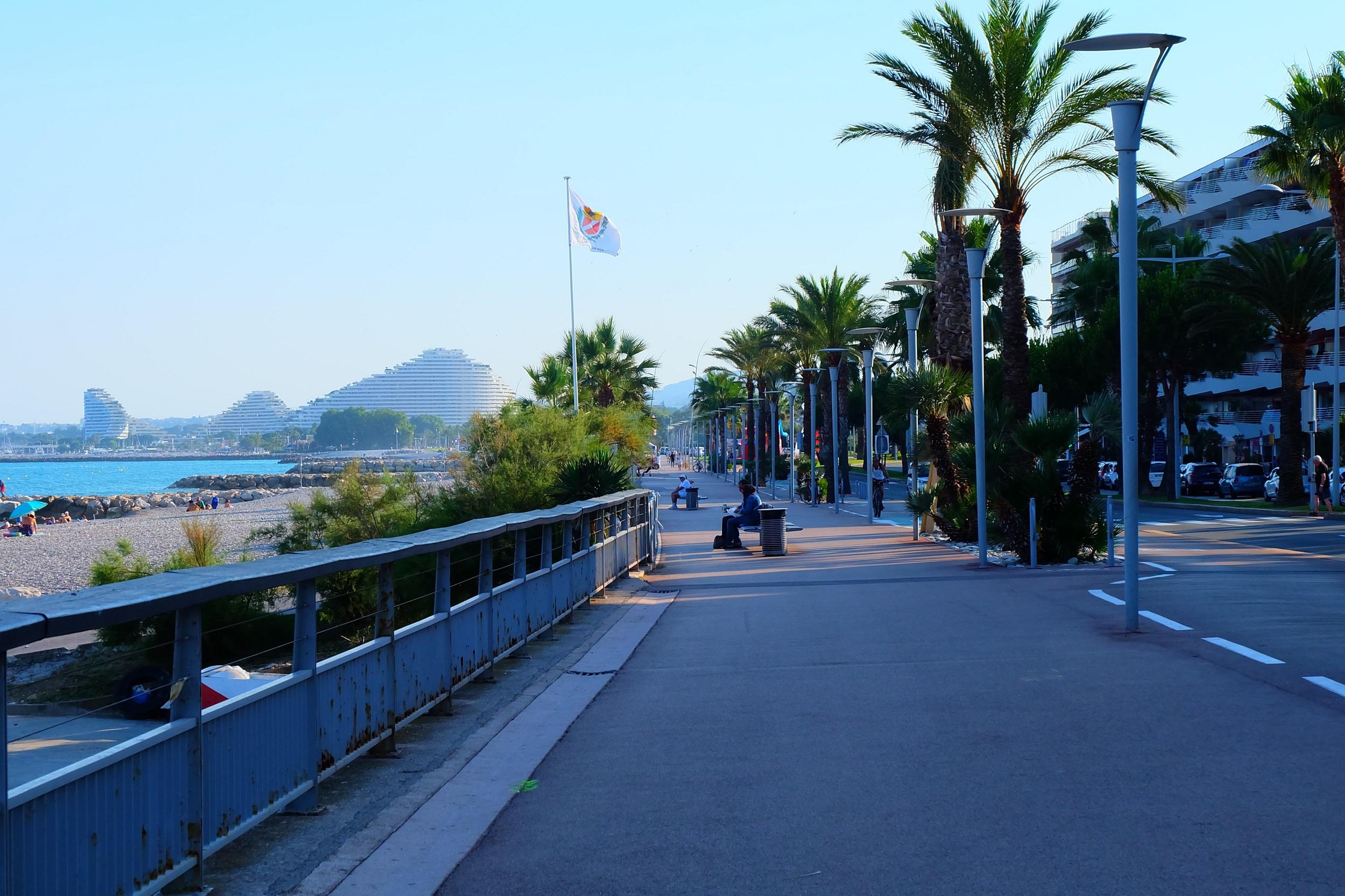
Beach promenade
The Plage de la Promenade of Cagnes begins at the Plage des Galets and ends at the Plage du Port du Cros. Here you can rest on a bench in the shade of the palm trees or engage in sports activities. Also, pay a visit to the fishing harbor. It was founded at the beginning of the 19th century by Italian fishermen. On the promenade, you will pass the Chapelle de Saint-Pierre, which is dedicated to Saint Peter, the patron saint of fishermen.
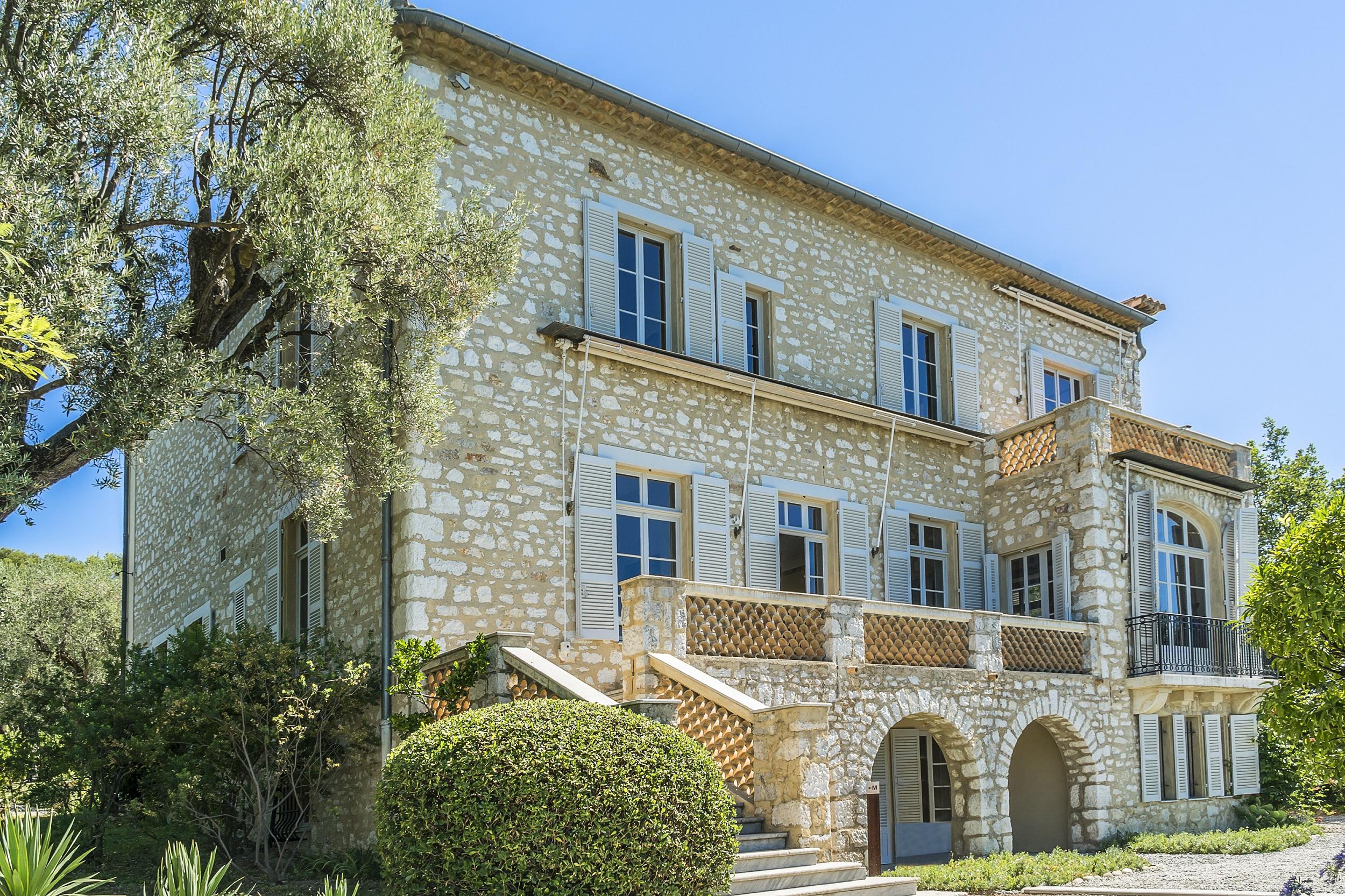
Renoir Museum
The Villa Renoir is surrounded by lush Mediterranean greenery on the outskirts of Cagnes-sur-Mer and was the last residence of the painter. Visit his former living quarters, including his studio, and learn fascinating details about Renoir's private life. Over a dozen original paintings by Renoir impress art enthusiasts. Admire, for example, the Portrait de Madame Stephen Pichon from 1895. A stroll through the garden with citrus and olive trees and a magnificent panoramic view far over the sea completes the visit.

Côte d'Azur Racecourse
The Hippodrome de la Côte d'Azur was opened in 1952. Around 80 different horse races take place here annually, including the Grand Critérium de vitesse de la Côte d'Azur in March. Guests can visit the stables before and after the races. The Hippodrome de la Côte d'Azur is unique also because of its location by the sea. Around the racetrack, there are restaurants and snack bars, and for children, there is a playground with bouncy castles and a petting zoo with ponies available.

Beach of Cros-de-Cagnes
Behind the coastal promenade "Promenade du Plage" in Le Cros-de-Cagne, the Cros-de-Cagnes beach awaits the active and sun-seekers. The coastal section, divided into several sections (épis), is suitable for relaxing, climbing, and fishing. Volleyball or boat trips are also on the program. The supervised main beach of Cagnes-sur-Mer is located next to numerous lively restaurants and bars on the recently redesigned promenade. Here you can enjoy French wine or a typical Bouillabaisse directly overlooking the azure waters of the magnificent Mediterranean Sea.
Cagnes-sur-Mer - Secret spots
In the footsteps of an exceptional artist: Musée Renoir
The healing climate in Cagnes-sur-Mer attracted the painter Pierre-Auguste Renoir, who suffered from arthritis. He spent his last 12 years of life in "Les Collettes." The country house with the large garden now houses the Renoir Museum with paintings by Renoir and some painters of his school. The master's studio is also on display.
Grimaldi Castle
The highest point of Cagnes-sur-Mer is crowned by the square structure of the Château Grimaldi. An admiral of the Antibes-Grimaldi family had the complex built around 1300 to protect the place. In the Renaissance, a descendant converted it into a residential palace. This decor, supplemented by some Baroque elements, can still be visited today.
Castle Hill Park
A short drive of 14 km along the coast takes you from Cagnes-sur-Mer to the Parc de la Colline du Château in Nice. The historic site on a hill offers you a magnificent view over the vibrant city and the sea. Highlights include the artificial waterfall and the excavation site.
Museum of Art and History of Cagnes-sur-Mer
Among the attractions of Cagnes-sur-Mer is the 700-year-old Grimaldi Castle, not only because of its good condition. Inside, there is a museum dedicated to the olive tree and olive cultivation. Additionally, there are rooms with permanent and temporary exhibitions of contemporary art. The castle is open from Wednesday to Monday.
Cagnes-sur-Mer - In 3 days
Day 1
The municipality of Cagnes-sur-Mer on the Côte d'Azur is located between the coastal cities of Nice and Antibes. For a long time, Cagnes was known as the Montmartre of the French Mediterranean coast. Artists such as August Renoir and Amadeo Modigliani stayed in the coastal city. One of your destinations on the first day in Cagnes is the Renoir Museum, located in the former residence of the painter in the hilly district of Haut de Cagnes. From the Renoir Museum, you can reach the Grimaldi Castle in about 20 minutes on foot, whose foundations were laid in the 14th century. The castle also serves as a museum: on the ground floor, there is an exhibition on the topic of olive cultivation, and on the upper floor, you can admire paintings from the collection of the pop singer Suzy Solidor, who spent 25 years of her life in Le Haut de Cagnes. With the free minibus, you can get from Le Haut de Cagnes to the district of Le Cros de Cagnes by the sea.
Day 2
On your second day, explore the surroundings of Cagnes. In the hinterland, about five kilometers from Cagnes, lies Saint-Paul-de-Vence. This community also long considered itself an artist stronghold. Marc Chagall lived and worked here, and you can admire his works at the Fondation Maeght. The modern art museum Fondation Maeght is located on the Colline des Gardettes hill just outside of Saint-Paul and forms a strong contrast to the otherwise medieval architecture of the community. In the afternoon, visit the perfume city of Grasse. Here, everything revolves around the fleeting fragrance. At the International Perfume Museum, you can learn more about perfume and admire flacons that are several hundred years old. Stroll through the Jardin des Plantes botanical garden and visit the flower fields of the Domaine de Manon estate. If you have enough time, take a tour of a local perfume factory.
Day 3
South of Cagnes-sur-Mer lies the coastal town of Antibes, which you will visit on the third day. You can reach Antibes by train in about 20 minutes. Stroll through the old town with its winding alleys and admire the luxury yachts in Port Vauban harbor. Near the marina is the famous Fort Carré, a 17th-century fortress overlooking the sea. Antibes shows its most beautiful side in the seaside resort of Juan-les-Pins. The most beautiful beach is between the casino and the Port de Gallice marina. After an extensive lunch, explore the Cap d’Antibes in the south of the city. On the rocky peninsula, there are hardly any beaches, but the coastal path Sentier littoral is laid out, taking you from Plage de Garoupe to Villa Eilenroc. The latter was built by a Dutch merchant at the end of the 19th century and is considered one of the most beautiful villas on the Côte d’Azur.

